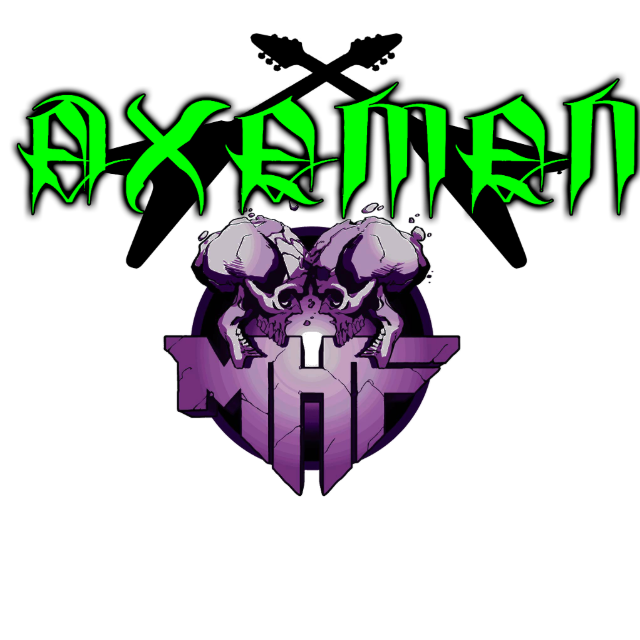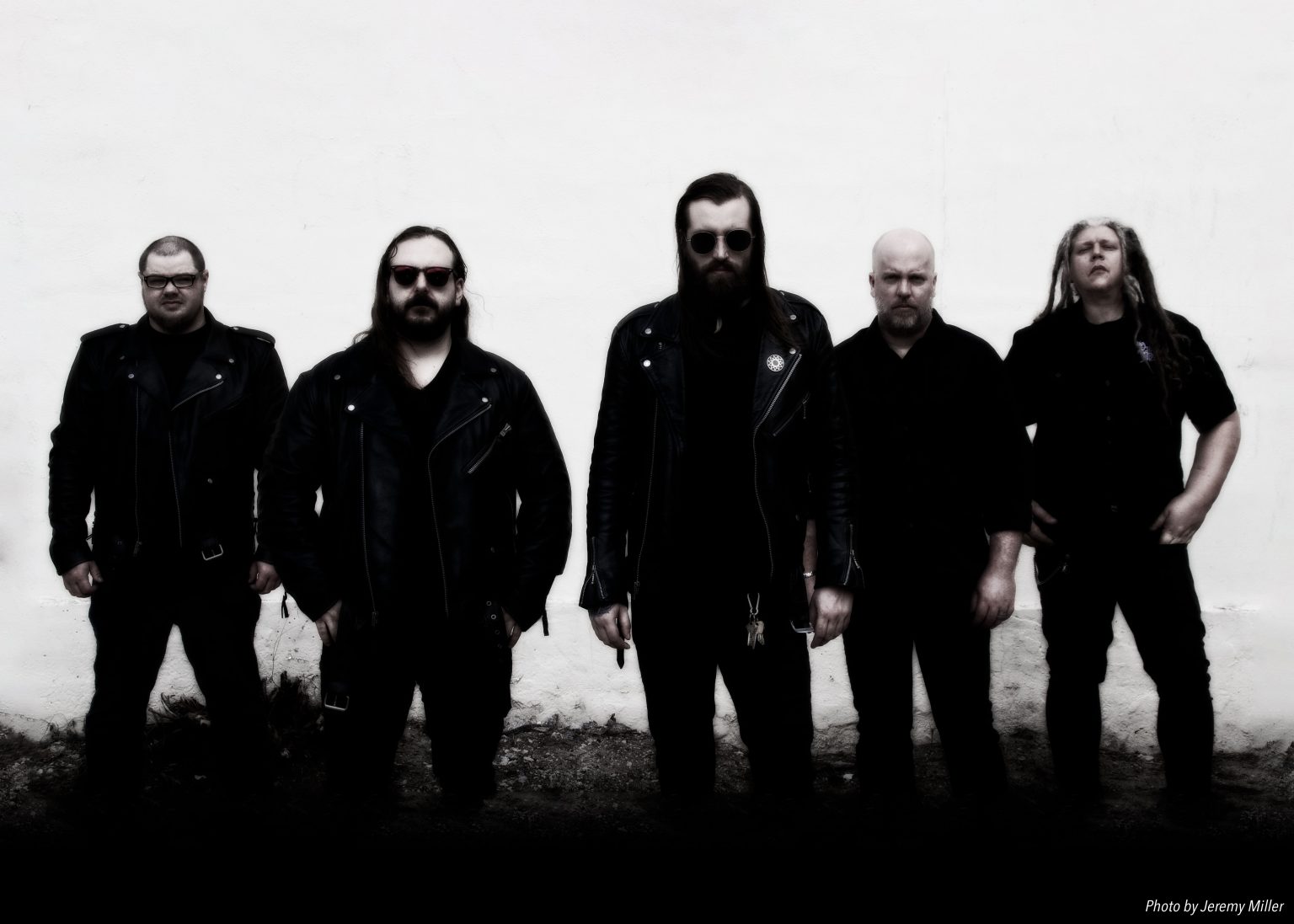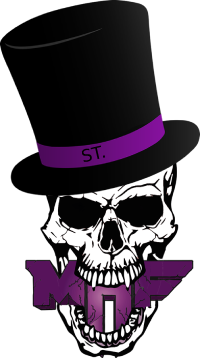1. Talk about how you got into the band? Did you start the band, audition for the band, was the guitar tech and advanced?
Jeff Breden: My joining the band was kind of dumb luck. Our past vocalist and I shared a mutual friend, but we didn’t really know each other at all. My name happened to come up as an option, I got the call and immediately starting sending demos to our drummer Clayton Gore. Things worked out. We hit the ground running, and haven’t stopped ever since.
Jarrett Pritchard: I joined the band after Clayton asked me to demo the bass for him on some songs. We had played together in Eulogy and had remained friends over the years. Once I heard the songs, I called him and told him I wanted to come on board as a member and producer. I moved to guitar and we got to work on the first record.
I wouldn’t say that our music is technical. I would say that the nuances, consistency and reservation needed to play it properly is difficult in its own way. With space, you may have a tendency to play too much, but in order to play it right, you cannot.
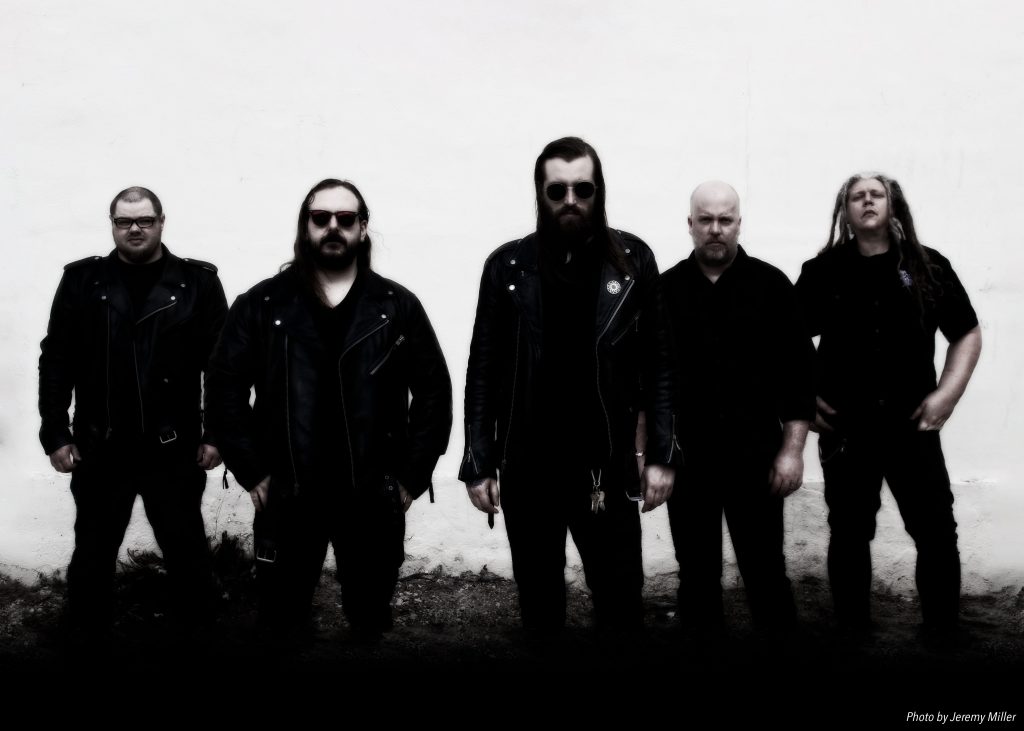
2. Tell us about your first guitar and how you have advanced to what you play today; is what you are playing your final destination guitar, or will you continue to evolve?
Jeff: My first guitar was an old banana yellow BC Rich platinum series Warlock. I was 12 years old. As far as where I went from there, I mostly played Ibanez guitars up until a few years ago when I got my Gibson Les Paul. I couldn’t say I could ever have a final destination guitar, I go through phases where I wanna try new things out.
Jarrett: My first guitars were my dads but the first electric I owned was a Peavy T-15 with an Electracase and an Axe Grinder distortion. I got it when I was 10. I’ve been playing most of my life. Sometimes more, sometimes less. I feel like it’s been an ongoing process. I’ve always believed in “feeling” over regurgitated patterns and flash. I’m lucky to have worked with and been influenced by amazing players over the years. The journey is never over. If it ends, then you should quit.
3.Same question as above with amplification.
Jeff: My first amp was a really small Crate, I cannot recall the exact model. I remember it had no knob caps and the speaker inside being dented inward. I’m sure you can imagine it sounded rad! Haha. On from there, I had some Peavy Bandits, and on the bigger amp end of things, I had Crate Blue Voodoo’s. I am currently using a 5150 ii.
Jarrett: First amp was the Electracase. But, I still have the ’67 Bassman that was my dad’s that was probably the first amp I was exposed to.
4. Are you a terribly complicated guitarist? Are you a cord to amp player or do you have a rig that confuses the average joe? And why? Did you set out to sound like somebody or were there just possibilities you wanted to explore and started trying to find the sounds, tones you wanted?
Jeff: When it comes to pedals, I like simple and effective things. The less stuff in my line, the less room for errors. I don’t keep niche pedals I’ll never use on my board. As far as tone goes, it’s all in the head, and it’s tube amps or nothing for me. The 5150 ii gets my tone across perfectly for what we do in Pulchra Morte. We also use Emperor cabinets.
Jarrett: Not particularly, I just try to play with feeling. If the feeling I need to convey is tricky, then we get tricky. But mostly I just try to make sure my intention comes through. I like pedals and heads. I have some pedals into my input, mostly distortion and wah, and all my other effects into the effects loop. I use the distortion to heat up the input, and wah always sounds better after an overdrive or fuzz to me. I like my echos and reverb to repeat or modulate the sound of my preamp and pedals, so that’s why I use them in the loops.
When I started playing seriously, I had influence for sure. Tommy Accüsed was huge. Kirk Hammett Master era, Trey Altars era. But I never set out to sound like them. Honestly, I think they were kind of out of my reach, at least in my mind, at first.
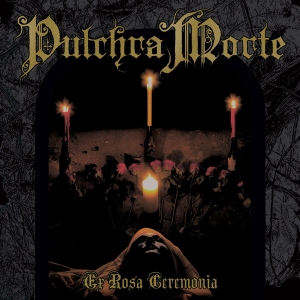
5. Who did you see that made you want to play the guitar and was it because they looked cool or sounded cool or both? And then later when you started to understand the guitar did you discover that made you just say WOW!?
Jeff: I was actually all about drums well before I started guitar. We lived in such a small home, drums were not a practical option. I recall my neighbour at the time having a guitar, and I learned the intro melodies to “Man In The Box” by Alice In Chains. I was so pumped from learning such a small thing. I knew I was hooked from that day forward.
Jarrett: Early on it was Ace Frehley hands down. Ace was the whole deal. Later, Van Halen, but then right into punk. Rikk Agnew and Christian Death, TSOL, Black Flag, The DKs, etc. When I discovered that if I worked on something what I could play was limitless, that was the mind blower. But mostly I was trying to write songs. The first time I stood in a room and wrote a song with a drummer was a big moment for me. After that I was like, “It’s on.”
6. Do you believe looks are part of the guitarist? To put it differently, would you feel comfortable watching Angus Young on a Fender Strat or Lord Iommi on a Les Paul?
Jeff: I believe in any live situation, the look of your instrument can bring a little more attention to the eye of an audience. I’ve never really been too conscious about that kinda thing, though. As long as it sounds good, I’ll play it.
Jarrett: Flash is flash. Signatures are what they are. If you can play, you can play — that’s all I really care about. To me, Zappa wasn’t a real “image” musician, but who could argue his ability? No one.
7. What is more impressive to you, watching Jennifer Battan 8 finger tap or listening to BB King squeeze the emotion out of 3 notes?
Jeff: I would have to go with someone who puts emotion and feeling behind the notes they are playing. I think being super technical only for the sake of being technical is neat, but odds are, the listener won’t remember most of it after hearing it. Not that I don’t love the technique, because I do, I just like to hear it applied tastefully.
Jarrett: BB King, but it was from David Gilmore that I learned the importance of this. Again, flash is flash, and it’s cool — don’t get me wrong — but I’m looking for emotion.
8. Do you feel technique and tone can get in the way of playing? In other words, when listening to a djent player like Pilini do you wish you could just plug him straight into a Fender Twin and if you did would it have the same effect on you?
Jeff: My previous response kinda applies here as well. I think technique is great, I would rather use it as a tool more than a crutch, though. I have also always seen it as unfair to think that just because someone plays one style of music very well, that they could never adapt to playing different genres/styles. In other words, don’t be so quick to deem someone a one-trick pony. They may surprise you.
Jarrett: I don’t know who that is, but I think in many ways the tone and the performance are connected. I’m not trying to do the same thing plugged into an AC 30 that I am while plugged into my Mesa. Different animals, and different tools to be used accordingly.
9. Who is the guitarist you love that you hope nobody ever finds out AND do you have a guitarist that nobody knows about that you just love?
Jeff: Guitarists I dig that may surprise people, but I won’t reach too deep: Andy Summers (The Police), Steve Stevens (Billy Idol), Billy Gibbons (ZZ Top), Robin Trower.
Jarrett: I don’t care about that kind of thing. I love so much music and couldn’t care less who knows what I listen to. But one that you probably don’t expect — Daniel Ash of Bauhaus. A couple that I think are fantastic that some people, but maybe not all, know of — Jay Fernandez and Jason Morgan. Those guys kill.
10. Ok here we go from pick brand to cable brand and on down the line until the noise hits the air we want the definitive rundown of everything you use and WHY
Jeff: I’m currently using a Gibson Les Paul Tribute model (the pickups that come with these are very good so I’ve left it stock), Fender medium picks, and I’ll use any cable that I can get my hands on, as long as it works.
My pedal board from top to bottom, left to right:
— BOSS TU-2 chromatic tuner
— BOSS NS-2 noise suppressor
— Fowl Sounds – Green Flannel Overlord distortion (Our friend Mike makes great stuff, check out Fowl Sounds)
— BOSS CH-1 Super Chorus (I use this for melody lines and leads. It adds a subtle ambience to the single note stuff, and also gives a slight jump in volume.)
— BOSS DD-3 delay (Simple and effective. Also used on melodies and leads.)
— TC Electronic Hall Of Fame reverb (Lots of settings here, a really good reverb pedal in my opinion.)
— SKB board with built in pedal power.
Everything from there goes into the 5150 ii, then into the Emperor cabinets.
Jarrett: I play an LTD EC-1000 as my main guitar. I have a lot of guitars, but that’s my main instrument. I love Les Pauls, but they don’t have enough frets for what I’m doing, and the ESP and LTD make fantastic instruments.
I use a Seymour Duncan Black Winter in my bridge.
My input chain is:
— Boss TU-2 tuner (I put it on a scope and an analyzer, and when it says 440, it’s actually correct)
— Fowl Sounds Red Flannel Overlord (Why? Because I love it. It can go from a subtle tubescreamer thing to a fully unhinged HM2 sound if that’s what’s needed)
— Fowl Sounds Boost (A fantastic harmonic boost for leads that makes them scream a bit more without the noise issue of a separate Overdrive.)
— Vox Wah (I’ve always used it. I have several, but this is the one I’m most comfortable with.)
In my effects loop:
— Electro Harmonics Mellotron pedal (I used the “Choir” on the intro riff of “Knife Of The Will”, and I use the Cellos to play the middle of “Fire And Storm.”)
— Keeley Darkside (It has flange, univibe, rotary modulation, another fuzz and a delay, so it’s very versatile.)
— Keeley Caverns (A delay and a very cool harmonic ghost voice reverb.)
All of that goes into a Moor Ocean Machine, which has so many amazing sounds, delays, reverbs, and combinations as well as a looper, that I could write a book on why I use this.
As for strings, we use SIT, and I use an 11-56. For picks, I like the Dunlop Flex large teardrops. For cables, I use what’s around. I own a recording studio, so there are no shortage of cables, but I would like to work with a specific company. I’ve had good luck with a lot of different things, so in the future I couldn’t tell you.
After that, live I use a ’97 Dual Rectifier head with J and J tunes in it into a full stack of Emperor 4×12 cabs loaded with Weber Grey Wolves. I own a lot of different cabs, but these are my favorites at the moment. They are custom built with black stained wood and red trim.
PREORDER THE NEW ALBUM HERE.

AXEMEN GUITAR SERIES WERE CREATED BY WES J.
Wes is the owner of Metal Moose, Metal Coffee, The Metal Times and The Pitchfork Syndicate, and he has 20 years of the biz under his belt, focused on the indie heavy music scene from the unlikely location of Oklahoma City. Wes is bringing his Guitar Series Axemen and Underground Spotlight to MHF.
